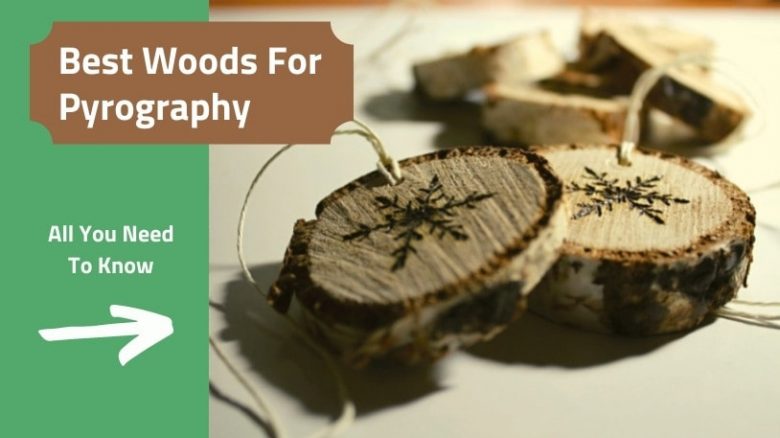In this article, we will be looking at 10 different kinds of wood for practicing pyrography and burning beautiful artwork and designs.
The art of pyrography (AKA wood burning) is an ancient one. Modern methods have refined the technique and added a variety of woods to the mix. I have already written about getting started with pyrography. I have even created a list of the best wood-burning kits to choose from. If you are new to this, I suggest you read those articles first and then come back here to learn more about the types of wood you can use.
You can choose any wood to burn as long as it is safe. Lighter-colored woods are better options simply because the burned lines and marks show up better on them. In this piece, we will cover the most common and readily available woods.
Most importantly, I will also tell you about wood that you should never burn, so make sure to read this article to the very end.
The 10 Best Kinds of Wood for Wood Burning
Bass Wood
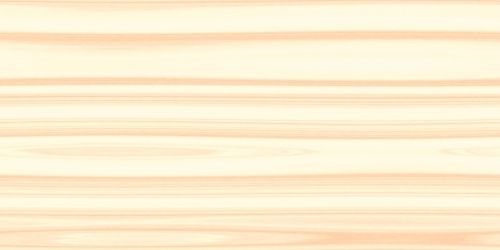
This is a softwood that has easy grains to work with. For this reason, beginners are often recommended to do both wood-burning and wood carving. You will find it easier to get started if you have never done any pyrography before. It is also one of the most accessible woods. This wood can be found in almost all crafts and art supply stores.
However, it is also relatively expensive, and you may not find the size that you are looking for. For an inexpensive wood that looks great and comes in many sizes, see the next entry on this list.
Poplar
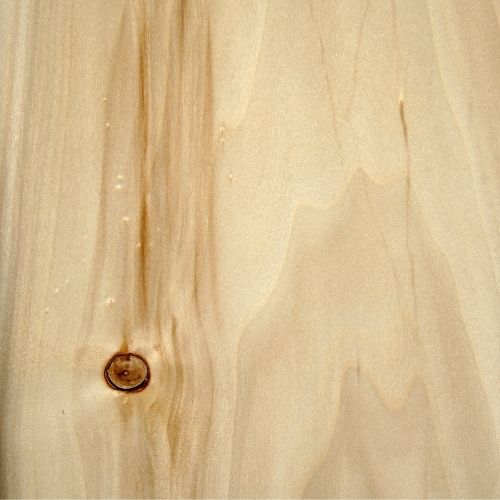
Another excellent choice for beginners. This wood has a bright color that compliments wood-burning art. It is also soft and easy to burn, making it suitable for new artists who haven’t had much experience. It is also inexpensive and readily available in almost any size you can think of (within reason, of course!).
Birch
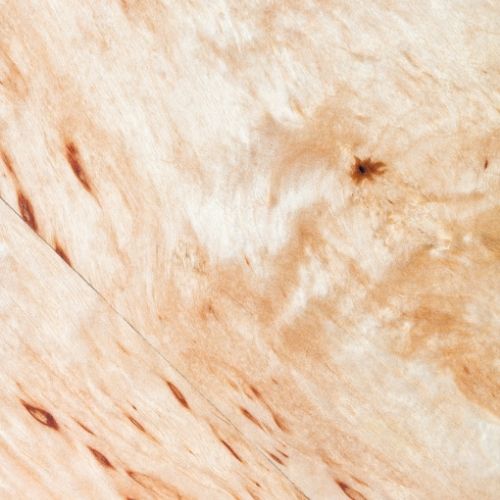
This is hardwood, so it will feel a little different to you if you have only burned softwood so far. Nothing to worry about. You will get used to it very quickly. Birch tends to have straight grain and a fine texture. Additionally, the annual growth rings tend to be the same in color. This gives birch an even texture that is attractive to pyrographers.
Pine
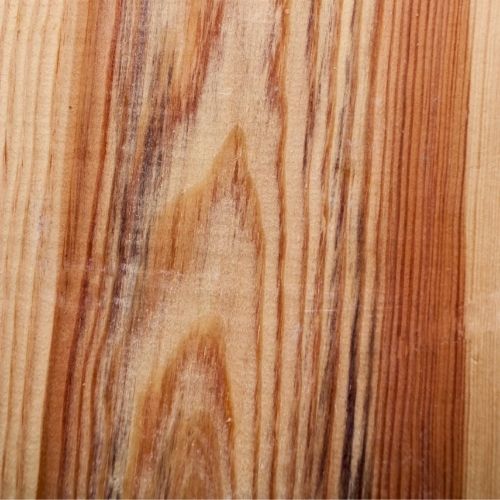
I know what you are going to say — I just warned you earlier about not using Pine. However, non-resinous pieces of pine wood are actually very easily and cheaply available. Since there is little to no resin in them, they don’t smoke as much. These types of boards are great for practicing your art if you are just getting started. They are available just about everywhere.
There are some challenges to using Pine, though. It tends to have irregular grains where lighter parts are soft and easy and darker parts are hard and slows to burn. It does not allow for much shading or details. So proceed accordingly.
I would recommend this wood for practicing line art, which is an integral part of your artistry.
Cherry

Cherry comes in a variety of shades that can range from light brown to pale pink. It has straight grains and a uniform texture, making it easy to burn. It is moderate hardwood and is suitable for wood burners of all experience levels.
Get the lighter shades if you want to create detailed images. The darker ones are great for artwork that is based on solid shapes and lines. It is lighter than mahogany, which comes later in this list.
Magnolia

This is a little unusual but is a favorite amongst wood-burning artists. It gives you a very pleasant, light, and shiny surface to work with. It is also very fragrant, which makes it a pleasure to work with. It is a type of hardwood with a fine, tight grain. So you can rest assured that your artwork will last a long time. It remains stable and doesn’t warp easily, especially if you have bought a well-seasoned piece.
It is a beautiful tree and is found in most forests that are in warm climates. So you might easily find it in a lumberyard close to you.
Maple
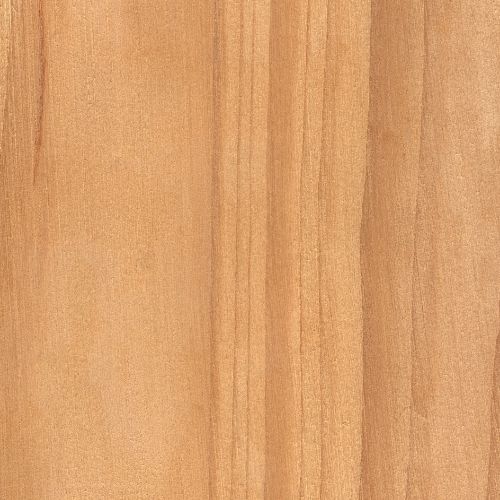
Maple offers one of the best-balanced options for creating fine wood-burning art. It has just the right firmness and texture. It will not be very slow to burn, but it is not so soft that the tip will simply burn into the surface and create a dent. It has a beautiful warm white color. It provides a beautiful backdrop for dark wood-burning art.
Mahogany
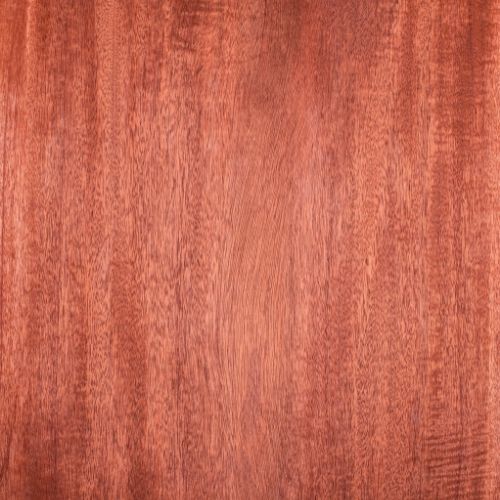
Mahogany is a hardy wood that is known for its longevity. This is a good utilitarian wood if you are looking to create signs for shops, pubs, etc. It is yet another hardwood, so it will take longer to work on. The color is also fairly dark, so fine details and shades are not going to show up too well. For this reason, it is best not to use mahogany for pyrography art that involves images. However, I highly recommend it for pattern-based artwork and utility things like keyrings with names on them.
Ash
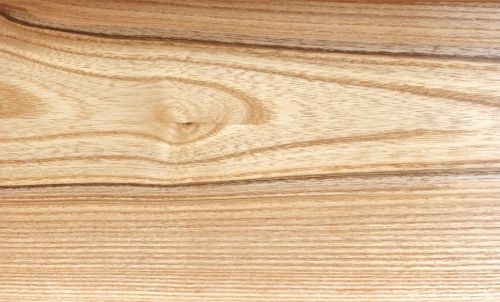
This wood has interesting grains to work with and might be attractive to artists who are looking for something different to work with. Ash heartwood (the innermost part of the tree trunk) does not have a different color than the surrounding wood. This gives Ash an even color, which tends to be beige in most cases.
Like most hardwoods, it is going to darken slightly over time. It can make for a fine choice for pyrography art, but it might need some time to get used to it. Use medium hardwood like cherry before moving to Ash. If it is easily available, it is okay to experiment a little and see if you like it.
Oak
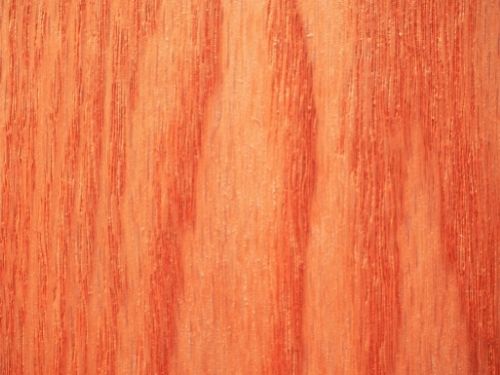
Oak is relatively more expensive and is also one of the toughest hardwoods. Barrels are made out of Oak for this reason. However, it can be burned, and the color is light enough for it to be helpful as a base for your next wood-burning art project. Try to avoid the darker shades for wood-burning art.
Oak tends to have uneven grains, which require you to intelligently work around the differences. Take them into consideration when creating your artwork.
Extras
Here are some alternative wood sources to consider for your next project.
Pallet Wood
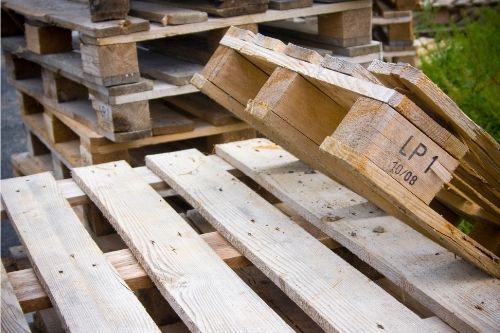
It is a readily available source of wood, and it is generally raw wood. With a bit of sanding down, you can create great practice pieces out of pallet wood. It is great for salvaging and upcycling-based projects.
Salvaged Wood
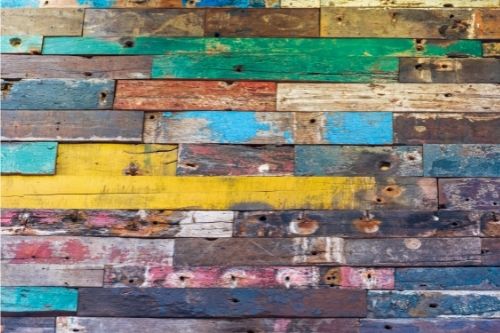
If you have some waste wood lying around, you can sand it down to the raw surface and use it to create unique art. You can also source wooden objects that people are throwing away. Then sand them down to take off all the finish and decorate them with pyrography art. Sidings, crossbeams, etc., are often available in junkyards, salvage yards, and other places.
Bamboo

This is one of the most sustainable materials on the planet, and it is readily available. I don’t recommend using bamboo composite sheets because these have been treated. But raw, well-dried bamboo is an excellent medium to work with. Burning bamboo surfaces to create decorative pieces and small utilities is an ancient tradition in various parts of the world.
Woods To Avoid
Before you get started with wood burning, you should know what kind of wood you should not use for pyrography. Most manufactured and finished woods are not suitable for pyrography. Since you are going to burn the wood, any chemical or organic finishing compound is going to burn and produce toxic fumes. So, always use raw, unfinished wood for pyrography.
Here’s a quick DO NOT BURN list for your reference:
- Treated wood, for reasons stated above.
- Driftwood, because chlorine from seawater can produce cancer-causing fumes
- Poisonous wood, like Mexican Pepper, Oleander, Mexican Elder, etc.
- Greenwood. Greenwood has a lot of water and sap that produce fumes and slow down burning.
- Smokey woods like Pine and Fir. They are resinous, and the fumes are toxic. You can burn them at a pinch, but avoid breathing the fumes.
- Plywood because it is heavily treated.
Also, always use a fan to blow the smoke away. An exhaust fan with an activated charcoal filter is even better.
Now that you have been adequately warned, you can go ahead and start burning!
Conclusion
Feel free to experiment with any wood that you have access to for your wood-burning project. As long as you are being safe and working in a well-ventilated area, you are golden. However, remember to consider your impact on the environment when you choose.
I hope that helps you find a selection of woods that works for you. Go ahead and have fun with your pyrography projects!

